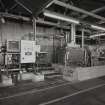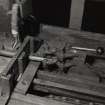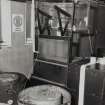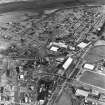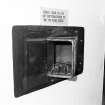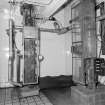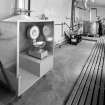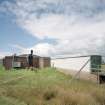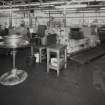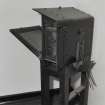Pricing Change
New pricing for orders of material from this site will come into place shortly. Charges for supply of digital images, digitisation on demand, prints and licensing will be altered.
Ardeer, Ici Works, Detonator Department
Factory (Period Unassigned)
Site Name Ardeer, Ici Works, Detonator Department
Classification Factory (Period Unassigned)
Alternative Name(s) Ardeer Explosives Factory; Imperial Chemical Industries
Canmore ID 89062
Site Number NS24SE 47.08
NGR NS 2918 4017
Datum OSGB36 - NGR
Permalink http://canmore.org.uk/site/89062
First 100 images shown. See the Collections panel (below) for a link to all digital images.
- Council North Ayrshire
- Parish Stevenston
- Former Region Strathclyde
- Former District Cunninghame
- Former County Ayrshire
Field Visit (1995)
The Ardeer Factory was the first site in the UK to manufacture nitro-glycerine blasting explosives, the first batch being produced in 1873. As the site expanded and diversified in subsequent years, it was inevitable that capacity for the manufacture of detonators was also developed.
Having pacified nitro-glycerine by mixing it with substances such as diatomite and gelatine to produce stable high explosives (e.g. Dynamite), detonators were necessary.
The detonator department at Ardeer dated from the 1940s, and in addition to producing the detonators themselves, also manufactured electric fuse assemblies. The detonator department closed in 1995.
The buildings which composed the department ranged from brick-built, north-lit structures (e.g. Tube shop), through to reinforced concrete ranges with protective compartments designed to isolate hazardous and sensitive processes both from the operators and from neighbouring processes. Safety is essential, with strict regulations determined both by the Explosives Acts, and by the specific requirements of the many processes involved. Designated clean areas (often coated with non-conductive rubberised 'Veitchie' coating required clean, non-conductive footwear and other specialised clothing. There were sprinkler/drenching systems, and magazines required for storage at several stages of the manufacturing process which were protected by turfed baffle walls and used lightening conductors.
Sensitive processing buildings has lightly constructed rear walls and roofs also sometimes had containment areas to harness and defect blasts restricting damage in the event of an explosion and preventing chain reactions. Notable features of the site included a matrix of wooden covered gangways connecting the various buildings, and extending in the open to more remote buildings of the department. Materials were pushed along these gangways in bogeys specially designed to transfer each substance or product safely. A variety of services were supplied locally or centrally such as electricity, heating, ventilation, compressed air and hydraulic power. There were also laboratories designed to assist production at various stages and impose quality control.
See also MS8304
Visited by RCAHMS (MK Oglethorpe), 1995.
Publication Account (28 January 2021)
This factory manufactured detonators. The detonator was the most important of Alfred Nobel’s inventions (early 1860s) and is the trigger essential for a safe and controlled initiation of the explosive. A detonator is a small device consisting of a metal tube containing a small quantity of primary explosive, which is initiated by a ‘spit’ of flame. This flame can be provided by means of a Blackpowder Safety Fuse or an electronically fired, match-like fuse-head. Conventional Delay Detonators were, as of the 1990s, being augmented by a new generation of highly accurate electronically operated Delay Detonators for some applications.
Detonators were originally manufactured at Westquarter near Falkirk from 1876. Westquarter was eventually closed in the 1930s and the manufacturing of detonators transferred to Ardeer. Alfred Nobel also opened another detonator factory at Redding Muir near Falkirk. Both Westquarter and Redding Muir closed before the the Second World War.
J E Dolan and MK Oglethorpe 1996; 'Nobel’s Factory Transference,’ Linlithgowshire Gazette, Friday 22 December 1933 [https://www.britishnewspaperarchive.co.uk/viewer/bl/0001907/19331222/011/0003: accessed 28/01/2021].








































































![Photographic copy of 1947: Oblique aerial view from SE of Ardeer, showing Cordite Department (foreground), Detonators (right), Blasting (left), and Nitric Acid and Nitro-cotton (top left). (See also Overlay 'D' for details [D 10471])](http://i.rcahms.gov.uk/canmore/l/SC02195470.jpg)


































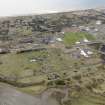

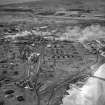

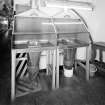

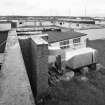
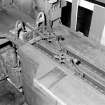
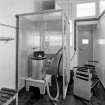
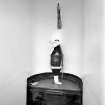
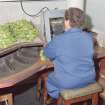



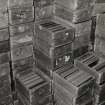



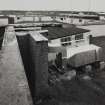











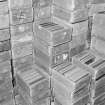

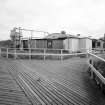


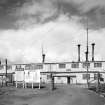
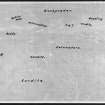



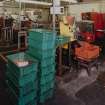


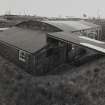
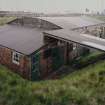
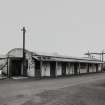

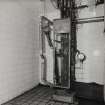

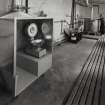




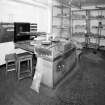

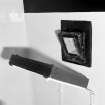

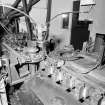
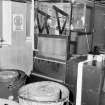

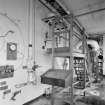

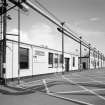

![Photographic copy of 1947: Oblique aerial view from SE of Ardeer, showing Cordite Department (foreground), Detonators (right), Blasting (left), and Nitric Acid and Nitro-cotton (top left). (See also Overlay 'D' for details [D 10471])](http://i.rcahms.gov.uk/canmore/s/SC02195470.jpg)


